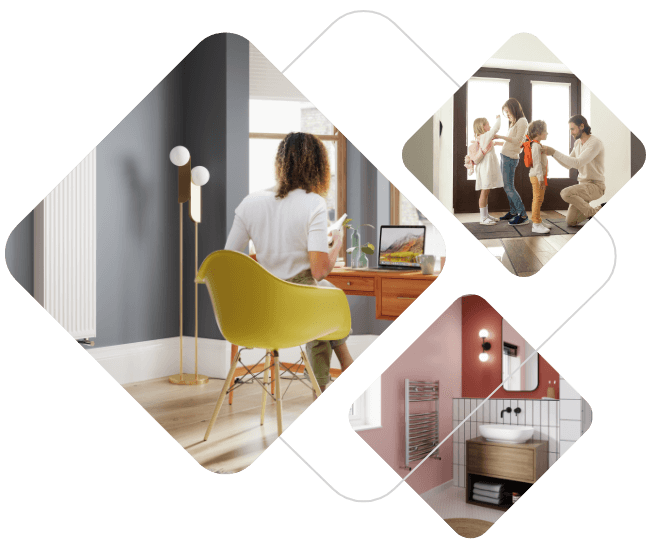RAL 9010 Colour FAQs
How do I clean a RAL 9010 white radiator?
Cleaning white and cream radiators such as the RAL 9010 colour, keeps it looking good but also maintains its heating efficiency. A build-up of dust can trap heat, making radiators less efficient. To free your radiator of dust, hoover around most of it, including underneath along the skirting board. Then, you will need to use a radiator brush to push any dust out of grilles or convector fins, depending on the radiator style you have.
To clean the body of your radiator, use warm soapy water, a home-made solution of vinegar water, or a store-bought radiator cleaner. Do not use an abrasive cleaner as this could damage the colour too. Wipe clean with your chosen cleaning method and for any hard-to-reach areas, you can use a toothbrush. Once cleaned, use a dry microfibre cloth to buff the surface. You’re RAL 9010 colour radiator will be left looking as good as new.
There are too many shades of white to choose from – RAL 9010, RAL 9001, RAL 9016: where lies the difference?
Many people mistake the RAL 9010 for the brightest white, as its named “pure white”, when in fact, it’s more of an eggshell off-white. It’s mainly popular for being a bit warmer than the actual brightest white available (9016). The RAL 9010 colour is slightly darker and could even be considered a very light beige. RAL 9016 is more of a clinical white and a bit more cold-toned. The 9001 is probably the creamiest shade of white available in comparison to the former two.
For proper colour representation, you should use a colour fan. That way, you can rest assured you’ll have the exact shade of white you intended to have. If you have any questions, just get in touch.




